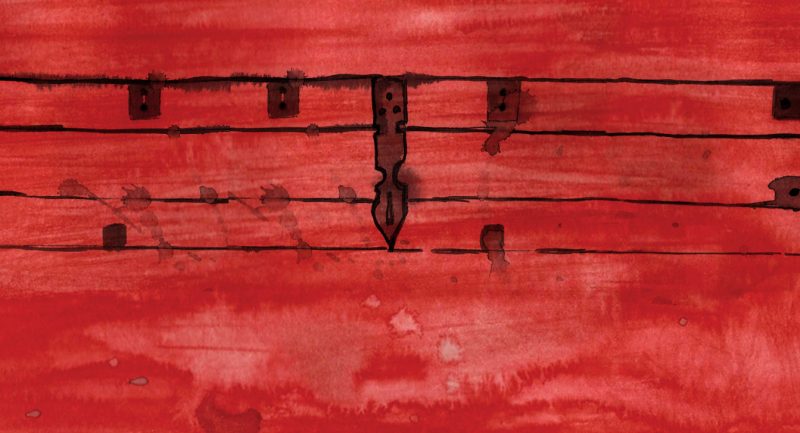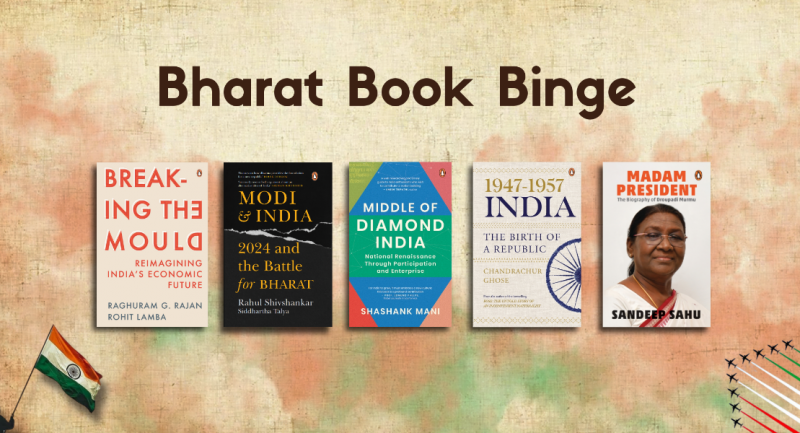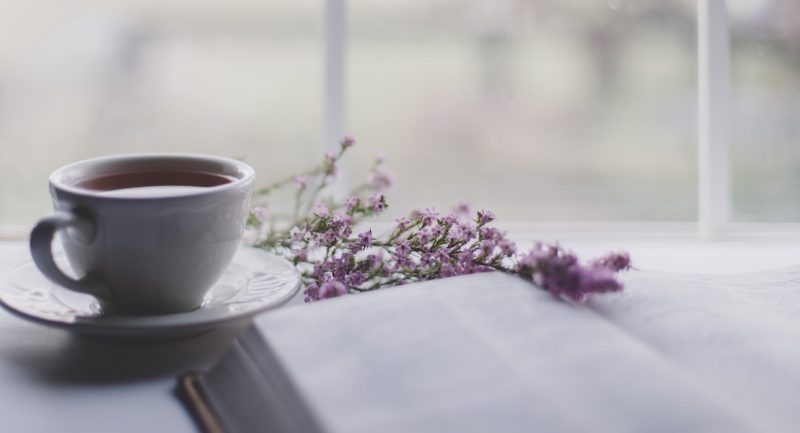
When the days grow shorter and the air fills with the scent of something magical, there’s nothing like curling up with a book that sparks imagination and wonder. Here’s a collection of books that are perfect for reading under a blanket or by a window on a chilly afternoon. Let’s turn the page and find your next storytime favorite!

Go Wild
Bijal Vachharajani
Meet an army of ants, a chorus of frogs, a plague of pigeons, a ballet of mantis, a grove of trees, a colony of bee-eaters, a herd of elephants, a lone owl and vulture and groups of human beings. Listen to a tale of three lakes, climb up a mountain, dive into the ocean, travel back in time and look at the natural world anew.
Some of India’s most celebrated nature writers and illustrators come together to celebrate the planet we call home.
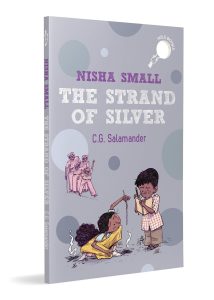
Nisha Small: The Strand of Silver
C.G. Salamander
Nisha Small and Jamie have a difficult mystery to solve.
When a barn full of bulls is burnt down, Small and Jamie need to figure out who is behind this terrible crime. And there are very few clues . . .
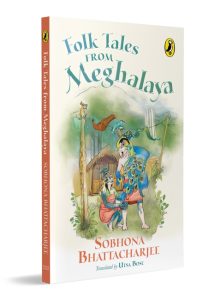
Folk Tales from Meghalaya
Sobhona Bhattacharjee, Utsa Bose
A collection of sixteen magical myths and fables that will transport you to the abode of clouds!
In the beautiful hills of Khasi, Garo and Jaintia in Meghalaya, there are fairies that can create rivers, a plant that can make people invisible and a fern bush which can ward off evil spirits. There are also three-headed giants, queens and villagers, animals and birds, and many other fascinating plants and creatures. Passed down by word of mouth over hundreds of years, these sixteen magical folk tales from Meghalaya, in the north-east of India, are full of adventure, wonder and excitement.
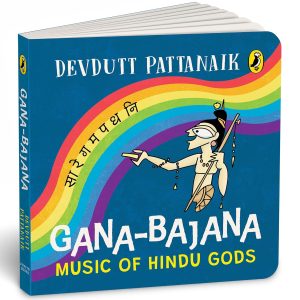
Gana Bajana: Music of Hindu Gods
Devdutt Pattanaik
Shiva’s damaru to Krishna’s flute,
Durga’s ghanti and Ravana’s lute.
Dance to the rhythm and embrace the sound,
As divine melodies swirl around.
Well-known mythologist Devdutt Pattanaik introduces young readers to the fun and fascinating musical instruments of Hindu gods with his unique art and easy-to-read text.
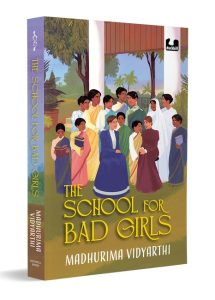
The School for Bad Girls
Madhurima Vidyarthi
Nineteenth-century Calcutta is abuzz with social reforms, especially with regard to womens’ rights and education. And in this time, Kadambini Ganguly dreams of going to university—and in the ultimate audacious hope—wants to become a doctor. The fictionalised story of Kadambini, one of the first women graduates of the British Empire and the first woman to get a degree from an Indian medical college, is rivetingly told by Madhurima Vidyarthi, in a fascinating portrait of nineteenth century life, society and its arbitrary mores.







